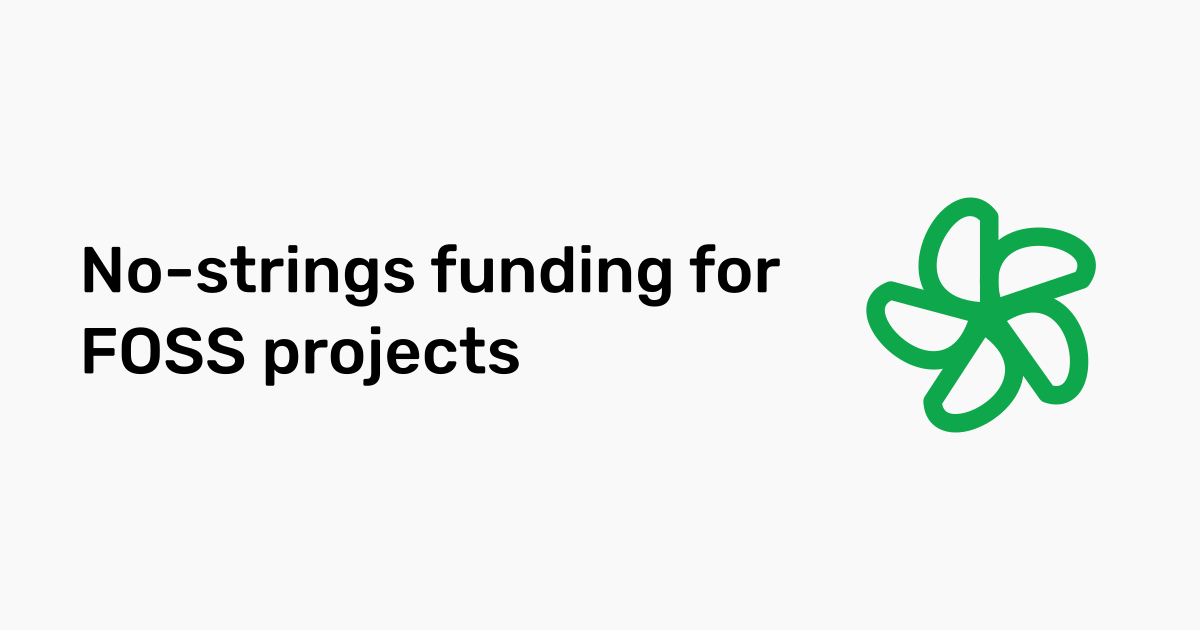

“Trust me, you just need to buy more compute for your car. We’ll figure out reliable driving by sight someday.”


“Trust me, you just need to buy more compute for your car. We’ll figure out reliable driving by sight someday.”


I don’t mind seeing vids with small numbers (many are genuinely cool) but I avoid 500k and above (except music) because the mainstream is mostly clickbait.


Literally ISO
https://www.iso.org/obp/ui#iec:grs:60417:5988
And yes, we use switches but the lower network layers abstract that away and a LAN is still like a single bus on the network layer and up.


It’s a joke, note the conflation of port (physical connector) and port (one of 65536 virtual TCP/UDP pathways for applications). Also, HTTP(S) (port 80 or 443 by default) is literally “Hypertext Transfer Protocol” so it’s fair to say it was designed to carry HTML.


What is the <--> port for? HTML? I thought that was port 80 or 443…
It’s an LLM, for fuck’s sake. Are they just going after buzzwords? I don’t want to talk with the car about what the best (paying most for Google Maps placement) pizzeria around is, I’ll decide that before the cab arrives. Just let me pick the address or coordinates in the app and shut up.


Do it. The crimes are almost entirely by him personally, and had unprecedented damage. He should be responsible with all his money - a Twitter-sized blow would be a slap on the wrist as the platform is worth just $5B or thereabouts.
TL;DR: Set your account to “private”
No alternatives to ex-Twitter are mentioned. Lame.


Project translators:

The preview pic says “No-strings funding […]”, which would exclude translator work if taken literally excluding the content of string data structures



The social security card says it was issued to “ELON MUSK” but my name is “Elon Musk”. Direct all these supposedly mine tax bills to “ELON MUSK” and leave me alone.


Imagine if Intel snapped and disabled Stephen Hawking’s wheelchair and computer, and he needed to pay for a new one with a different voice, absolutely helpless without it.


If you’re using xkb, try this guide. Of course, backup any system files before modifying them, and just to be sure, add a 2nd keyboard layout as backup and know how to switch between them to have a fallback if you corrupt the primary one.
There might be TUI or GUI tools too, probably way more convenient for a one-off change on a single PC.


I just changed one of the existing layouts. Very easy in any text editor, you just need to find the proper name or Unicode code for each function/character.
Nope. But I guess a mirror of WebAssembly Studio would still be the best starting point despite its slow development lately. The WAsm plugin for VSCodium was broken for me too.
Note that unlike JS, WASM won’t run from file:// URLs; you need to run a local http server or commit to an online repo to run your code. There might be an about:config option to change this but many IDEs (incl. WA Studio, presumably) come with servers for this reason.
A forgotten one is webassembly.studio, an in-browser IDE for creating WASM projects with way less pain than other methods. It got discontinued the year I needed it for my school project. It was open source but I failed to rehost it myself and public mirrors only appeared after I spent days trying to make Emscripten work, tore my hair out over WebGL and then finally painfully built the whole thing with CSS (and a bit of JS; yes, it was indeed a disaster).


Google has. The Zürich university fella needed his own data classification monkeys.


Then it’s not a tracking parameter of course.


That is very decoder-specific. The most common QR reader apps are the Camera app on iPhones and Google Lens for Android so you’ll want to target one of these (though Google Lens might be using cloud processing for that). There probably won’t be any exploits in the image processing part but you obviously can write arbitrary data (including ASCII control characters such as CR, LF, null) into the “data” part of the QR code, as the encoding mode and data length is stored in the first 4+(n*8) bits of where data would be instead of null byte termination. Normally, the data is then right-padded with repeating 0xEC11 (or not) and then error correction follows (number of bytes in the error-correction part is defined by the size and ECC mode indicated in another region).


It’s easier to take precautions though. You probably don’t have an insulated USB port or throwaway host device but handling QR codes safely just takes basic tech and skill.
Important advice:
Recommendations:
I think today’s generation’s equivalent is free Wi-Fi networks. Kids without mobile data in an area without an established public network will connect to just about any open one unless the SSID includes “LaserJet” or similar.
My financial portfolio when I start trading paints: